Narrative
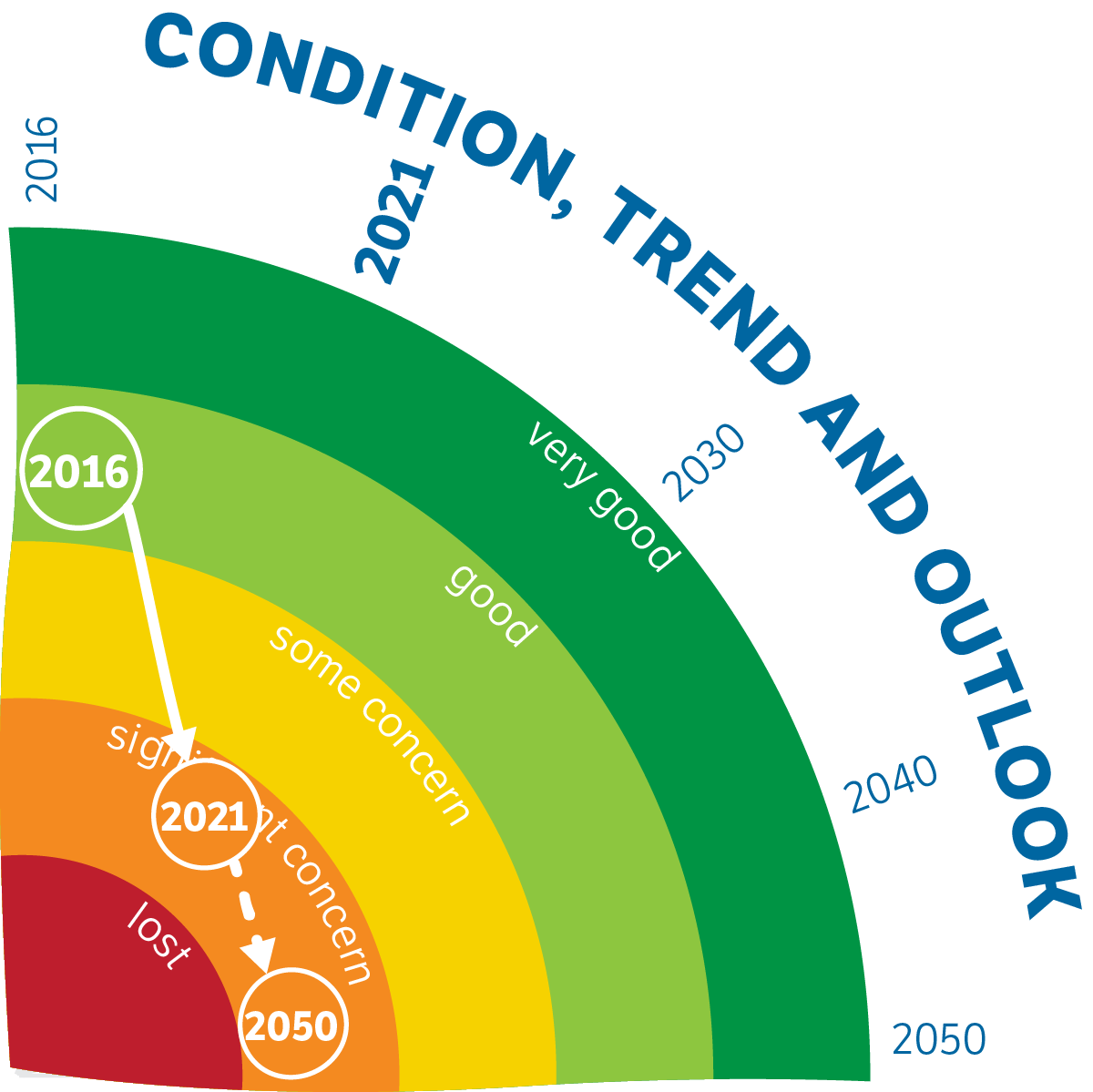
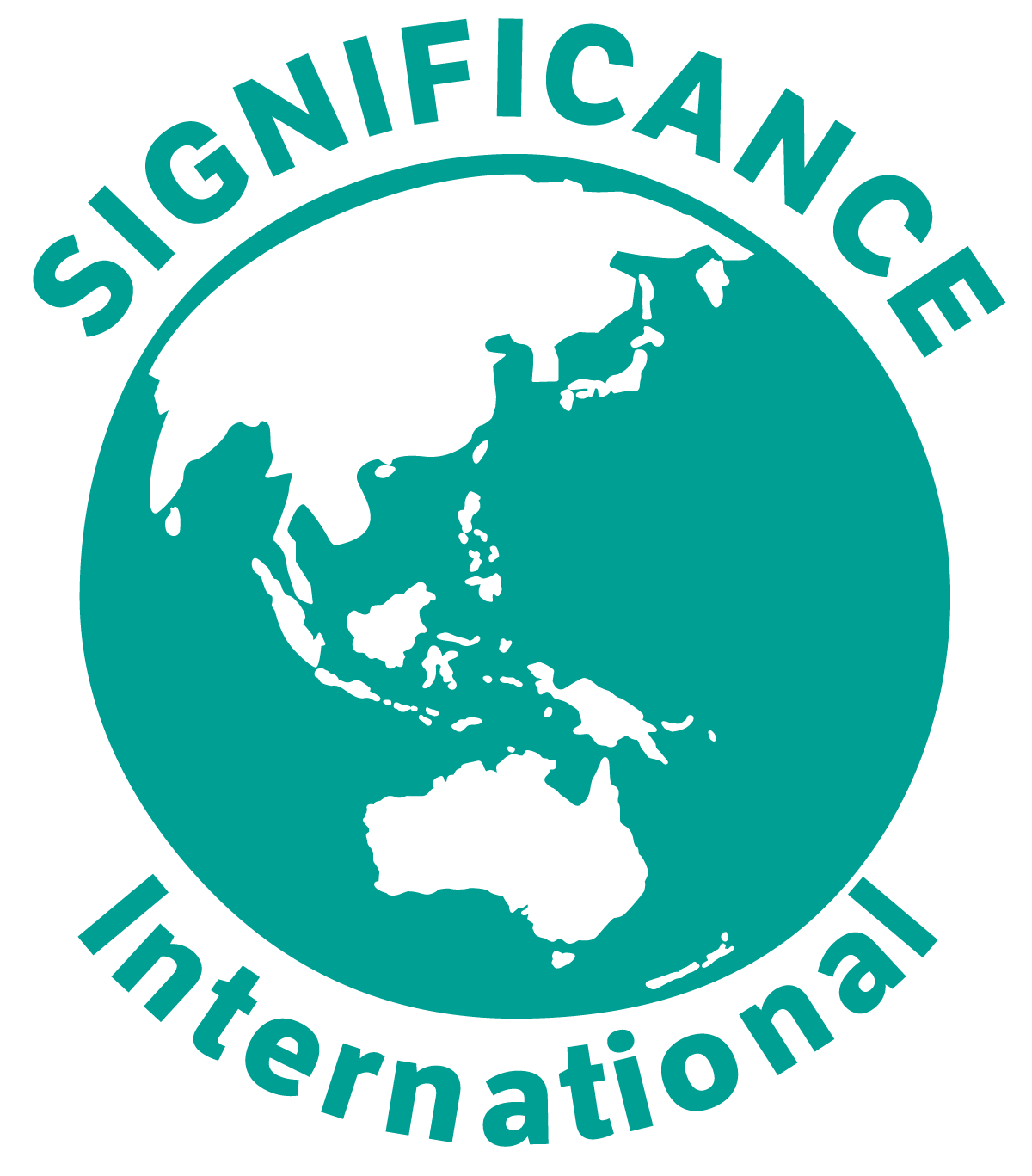
Torres Strait has one of the most globally intact, diverse, and interconnected coral reef systems, with 1,200 coral reefs forming the northern extreme of the Great Barrier Reef and the southern corner of the Coral Triangle, the global centre of coral biodiversity. The condition and outlook for coral reefs is directly connected to marine ecosystem health and are highly vulnerable to global drivers of change.
There is emerging evidence that the region’s deeper eastern waters may be a globally significant thermal refuge and biodiversity hotspot for coral reefs in a changing climate due to a cooler water upwelling. The most easterly reefs are listed as part of the global 50 Reefs Initiative. Given these reefs form part of the Great Barrier Reef, which the IUCN in its 2020 Outlook Report assessed as being in ‘critical’ condition, the eastern Torres Strait reefs could be of increasing importance in coral restoration efforts.
Reefs occur throughout Torres Strait. They are more prevalent in the clearer eastern waters, while in the
west, the reefs are rockier with lower coral cover and high algal and seagrass growth. Reefs act as a barrier, sheltering islands, and support a diverse range of culturally and economically significant species.
What is already happening?
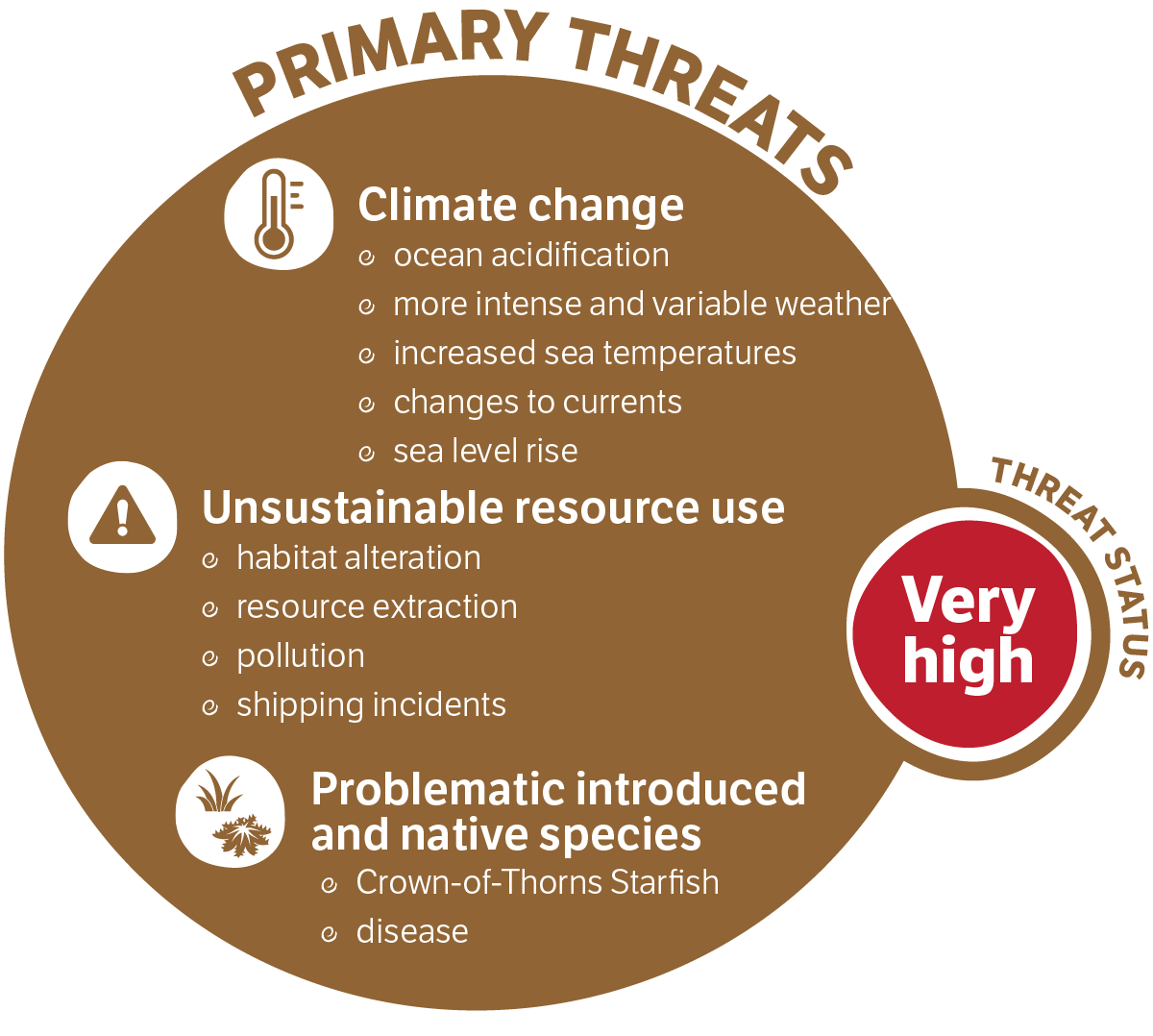
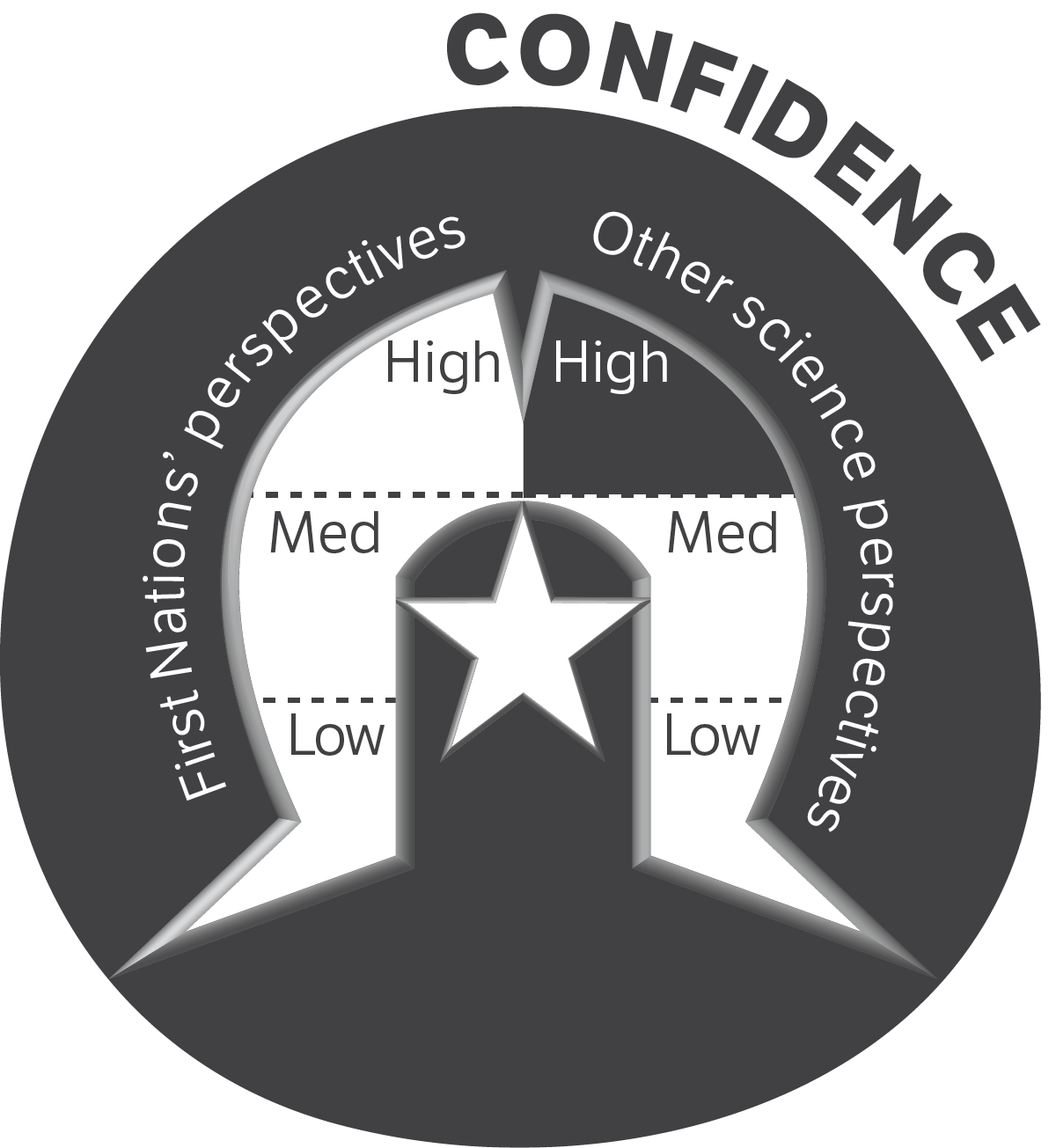
Our rapidly changing climate and its impacts on marine ecosystem health is the biggest threat to coral reefs globally. Of concern are ongoing shifts in coral species composition on reefs and changes in coral recruitment due to the increased frequency of extreme climate-driven events. Increasing sea temperatures resulting in marine heatwaves is a major cause of coral stress and death. Reefs in central and western Torres Strait were impacted by the global bleaching events in 2016, 2017 and 2020.
The full extent of these impacts is unknown as there has been little monitoring of reefs in Torres Strait since the 2016 bleaching event. However, as of 2021, monitoring of critical coral reef sites has been re-instigated. Broader regional monitoring of coral reef health, and its integration with traditional ecological knowledge and observations, remains a priority.
Prior to catastrophic losses of corals in 2016, coral reefs were assessed to be in good condition in 2015 with high coral cover and species diversity, and minimal incidence of disease. The presence of Crown-of-Thorns Starfish (COTS) was recorded on all surveyed sites, with densities of possible concern around Erub and Mer. Surveys in 2021 over the eastern reefs (where coral cover remains high) observed COTS in significant numbers.
Given indications of declines in local coral species diversity, recruitment, and poor recovery from the 2016 mass bleaching event, the 2021 condition for coral reefs is assessed to be of ‘significant concern’.
What could happen?

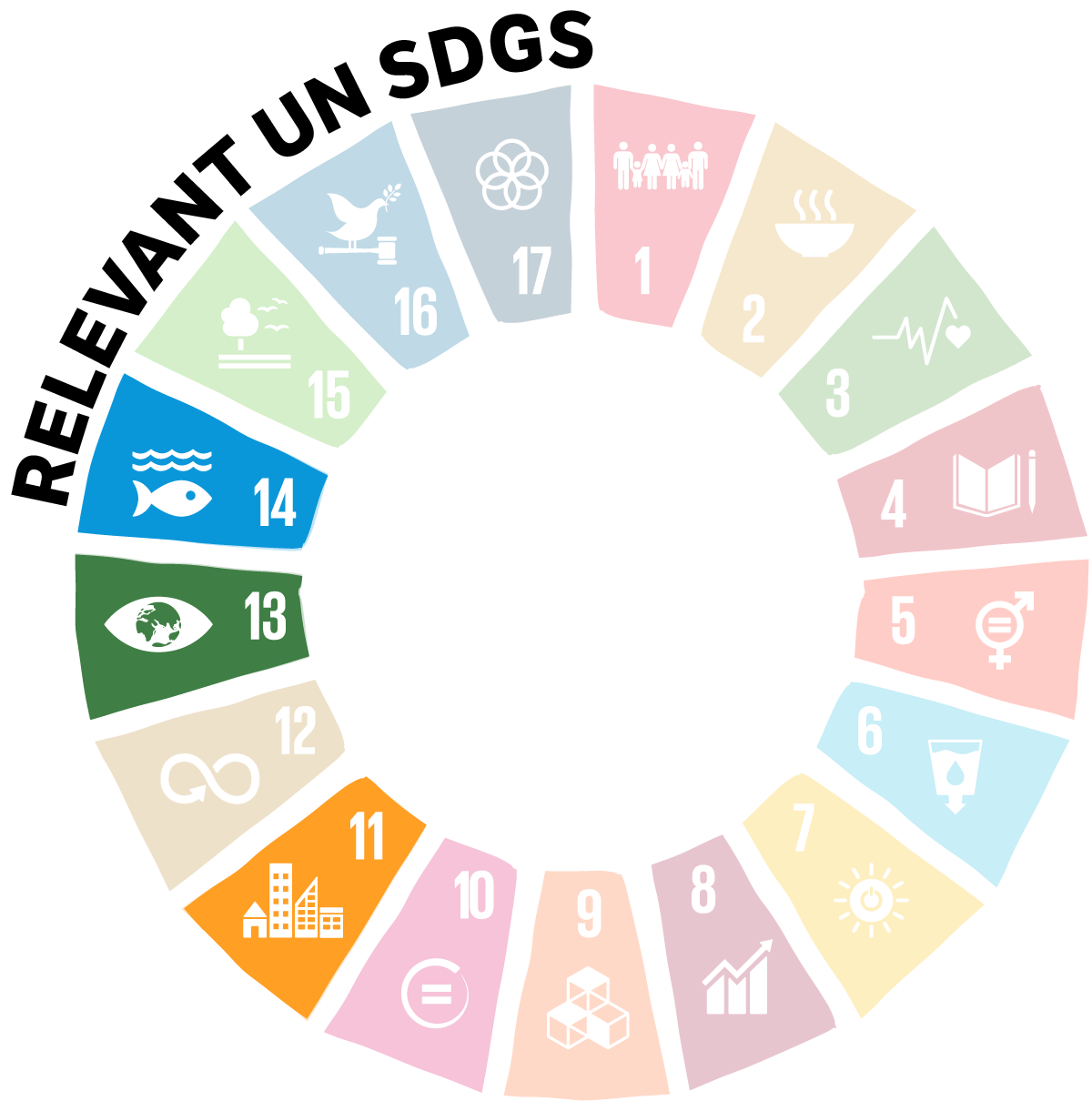
General coral reef condition is expected to decline further in line with global trends based largely on climate projections. The role of eastern Torres Strait as a potential thermal stress refugia for coral reefs is likely to become increasingly significant.
Increased ocean acidity and warmer temperatures, exacerbated by more intense storms and extreme weather events, are likely to compromise coral reefs’ ability to act as ‘barriers’ protecting islands. In turn, this will impact their capacity to support the diversity of marine life which make them iconic and critical to the health and wellbeing of First Nations peoples in Torres Strait and millions of people worldwide.
Strengthening partnerships with key research organisations, such as the Australian Institute of Marine Science (AIMS), and implementing technological advances in monitoring will remain a key focus.
